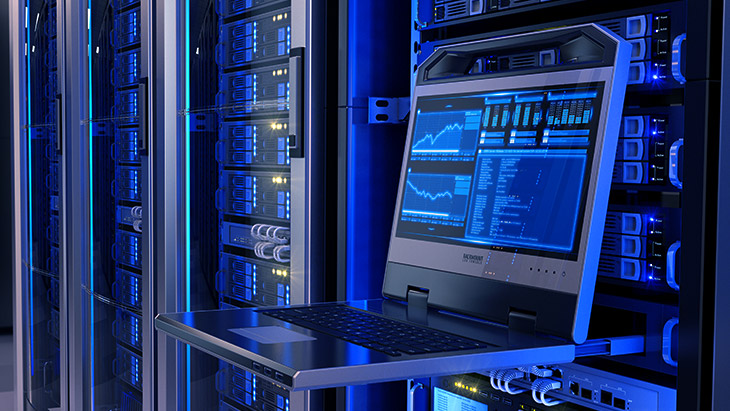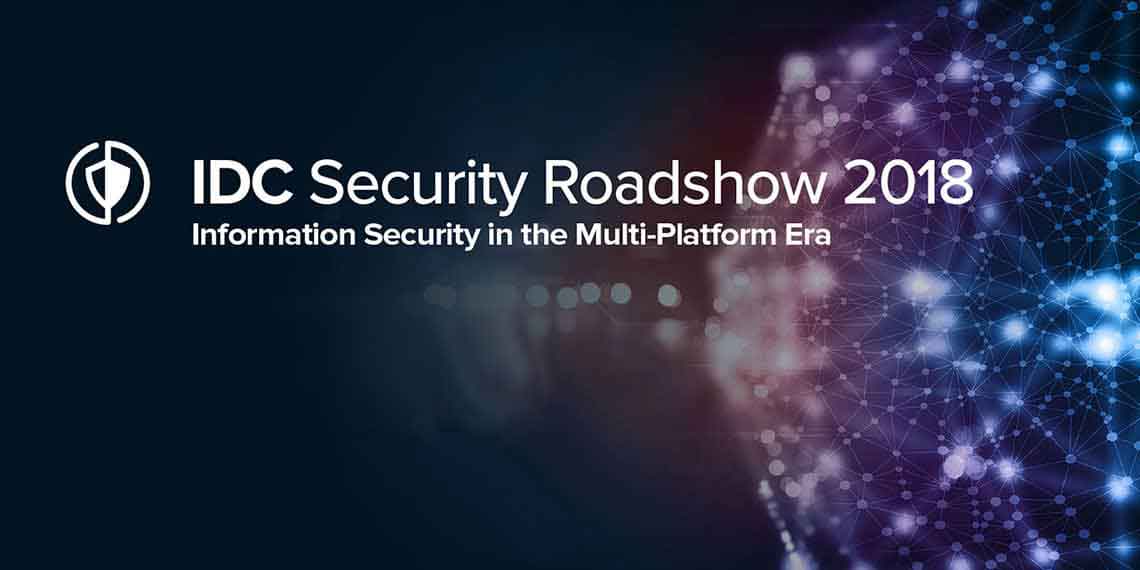
What is Network Monitoring? Why is it Important?
Network Monitoring is one of the most irreplaceable components of the Information Technology (IT) world. If it comes to define this commonly used IT industry-related concept, it refers to a process during which all parts connected to a network are monitored in the sense of performance. Presenting itself to the stakeholders of the informatics sector as a proactive method, Network Monitoring creates key advantages both in performance and security.
Why is Network Monitoring important?
Existing in the center of network management systems, Network Monitoring helps instantly monitor the performance of firewall, router, switch, server, and VM devices. Contacting the network administrator in case of a disruption or any different issue, the system helps you control various data including server traffic, CPU values, and disc.
Shining as a proactive method, Network Monitoring, at the first stage, detects performance-related issues and systemic bottlenecks quickly to prevent the issue from worsening. With the help of an effective Network Monitoring process, you can easily prevent network losses and major online problems.
One of the worst problems that network administrators face is the capability to keep stable for the hardware and software elements connected to a network. The only way to efficiently track this capability is to have an advanced Network Monitoring system. With Network Monitoring systems, you can create different control points to detect potential problems that may occur on servers and machine logs in advance.
To create a functional and sustainable network, you must track all elements on your system simultaneously. Network Monitoring process, which makes it possible to detect possible errors and incidents that may cause errors, consists of three different stages.
The Stages of Network Monitoring
There is a five-stage structure in the Network and IT Infrastructure Monitoring process. The five-stage structure that plays an important role in making the user experience functional through Network Monitoring methods; consists of auto-discovery, performance management, alarm and event management, configuration management, network traffic analysis components.
- Auto Discovery
Auto discovery is one of the essential components for any network monitoring process. It provides an opportunity to develop different protocol types and advanced discovery in Network Monitoring processes with various configuration options. It works efficiently by allowing IT managers to specify which networks to monitor, through generating a sequence.
- Performance Management
You can easily check the performance values of the network structure on which your servers are located with the help of Network Monitoring. With Network Monitoring tools that help you track the instant incidents; you can also create reports on the network activities in the past. The ability of Network Monitoring to provide reports focusing on the events in the past helps you identify either recent or future requirements of yours to a great extent.
- Alarm and Event Management
This refers to the procedure for communicating any errors that may occur on the network with you. You can integrate this four-step structure into any communication method to create a mechanism that will help you identify the status of the network at different times. The errors detected by the data that were logged and then processed via data loggers can be sent to you via SMS, email, or ticketing.
- Configuration Management
Configuration management allows you to load stable configuration files from the backup of devices by making planned configuration backups and reduces the potential downtime of devices. After devices on the network are discovered by the configuration manager, the configuration manager can communicate with the device and retrieve configuration files periodically. With this feature, it can periodically back up configuration files from all devices, instead of manual backup, which is a difficult task for system administrators in massive networks. This process can be triggered manually, in programs or even Syslog-based automatically.
- Traffic Analyzer
Some metrics such as volume, speed, and utilization are crucial to understanding network performance. In order to make these measurements, an effective Network Monitoring process can be created with Network Traffic Analysis applications. With the NetFlow feature available in Cisco routers, network traffic on an interface can be recorded and this protocol can be used to collect and record all IP Traffic on a NetFlow enabled device. Network Traffic Analysis analyzes this data, allowing IT administrators or network engineers to do further investigation.
Benefits of the Network Monitoring Process
Benefits of having the Network Monitoring system can be listed under the topics of high performance, minimum risks, and compatibility. The benefits of the process based mainly on optimizing network performance are interrelated:
- With Network Monitoring, you can detect threshold values for all network devices, and when the given threshold values are exceeded, you can alert to respond quickly.
- Real-time troubleshooting is the essential advantage of the Network Monitoring process. Besides, helping you prepare custom reports and graphics on the system, Network Monitoring facilitates the activities of your technical teams.
- With Monitoring, you can monitor your network with the 24/7/365 principle.
- Instant monitoring process helps you find out issues beforehand.
- Network monitoring is an application that offers advantages in costs. It reduces your financial loss by alerting you about issues beforehand and lets you choose a bandwidth and hardware by basing on the real burden of your network.
- It prevents systemic bottlenecks.
- Network Monitoring keeps you posted about the current situation and possible issues via various communication channels. Thus, it increases your professional concentration more than ever.
- Offering an advanced network performance, Network and IT Infrastructure Monitoring manages to deep-dive into the issue. Thus, it does not have to subject to superficial solutions in that sense and you will not be facing these kinds of issues in the long run.
- Network Monitoring applications share successful reporting opportunities with users. With advanced reports, it is possible for you to create future projections about all elements that belong to your network.
With Kron's award-winning Network and IT Infrastructure Monitoring platform called Single Monitor, you can enjoy the advantages offered by the applications of Network Monitoring. Developed by our experienced teams, Single Monitor helps you track the network performance in a real-time manner, identify issues instantly, bring true solutions to these issues and reduce the disruption time to the minimum level. Furthermore, Single Monitor contains modules related to the source inventory detection, performance, configuration and alert management to help you manage your network performance in an efficient way. For more information, you can contact us, and get help from our experts.
Other Blogs

Meet the Krontech Team at the IDC Security Roadshow in Almaty on May 17th, The Ritz Carlton Almaty Hotel

A New Level of Granularity for Access Management: Privileged Task Automation







